|
I was trying to take another profile picture of Brutus, the tapir, when out of nowhere a Giant Cowbird decided to join in. It was actually looking for some ticks on top of his head. Brutus did not mind it at all.
This mother and her kid were crossing over the airstrip of Kabalebo when two Black caracara's decided to join them. They were actually interested in the tics these tapirs are carrying with them but it seems that they were taking a joyride on the small one.
Here I spotted Brutus, the tapir, relaxing with some of his Giant Cowbird friends. They were taking care of the tics at hard-to-reach-places, which is everywhere for Brutus. From time to time he was rolling from one side to the other just so his friends won't miss a spot. Extraordinary friendship.
On this day I was on the airstrip looking for random birds to photograph. When I turned around I saw a Lowland tapir heading to my direction. I waited until the tapir was a bit closer and to get a better shot I was lying on the grass of the airstrip. After a couple of seconds the tapir looked right into the lens. Such a peaceful walk. The only thing that went wrong that day is that I was actually too close.
There are some that can't tell the animals apart from each other when they are traveling together. But like humans even animals have their own unique personality. Here in Kabalebo we all know Max, the friendly tapir. But we also have another fellow walking around in the neighborhood. This is Brutus, he is a bit younger. In the beginning I couldn't tell those two apart from each other but when you look closer you can see that Brutus has these 'I don't really care look.' And he always walks with confidence.
The Lowland Tapir has become a celebrity himself. Check the behind-the- scenes-pictures below.
This picture was taken in 2012, the year that I started to use trophy cams in Kabalebo. Now 4 years later we are checking the trophy cam on the River Cabin trail.
Since 2012 I have been using trophy cams to help me observe the wild in Kabalebo. Today we are checking the cam from the pier.
The Lowland tapir is a fascinating mammal to look at. During the past few weeks they were seen quite often on different spots in Kabalebo. And the following explains why.
When the month December crosses one's mind you will automatically think of the last month of the year. One that most people are looking forward too as it is also known as the month of presents and surprises. The Lowland tapir has been the present of Kabalebo during the month December.
They say that friendship goes through thick and thin. That it doesn't judge one another by its appearance. Well said! This Lowland tapir and his little friend, the Black Caracara proved it right.
During one of my birding trips we stumbled upon a Lowland tapir. Tapirs are huge mammals weighing at least 500 pounds. You would think that it is impossible for them to stay under the radar, but they proved me wrong.
When seeing a Lowland Tapir for the first time in your life you usually won't believe your own eyes. Its appearance is already a huge statement for onlookers, but still pleasant to watch them in their natural habitat. So imagine if you have the privilege to be in the lucky position to observe a young Lowland tapir until he is a grown up. Last year, 2014, I already introduced this lucky guy and here is a follow up:
Lowland tapirs, also known as Brazilian tapirs or South American tapirs, are often spotted at Kabalebo. They are seen near river-edges or on hiking trails. With their huge appearance, weighing at least 500 pounds (!!), long nose and mohawk like - hairdo, they almost look like a pre-historic creature ... to me.
With the help of Trap Cams I was able to observe a young joining his mother until they went their separate ways. Lowland tapirs feed on grass, twigs, young leaves, fruit and plums. As an experiment I gathered the plums from our sweet mope tree (As it is a seasonal tree, it is only possible between January and March every year) As they are large in size I had to gather at least 30 pounds (??) a day. I put all the plums on one big pile right in front of the Trap Cam. As shown in footages they appear at different times eating the plums, both day and night. Because the young stayed with his mother for more then a year, he got used to it and felt so comfortable and safe that he started a habit: sitting comfortably in front of the heap while eating. (I'll post some videos about this habit soon on this site) You would think that his new habit would make him vulnerable for predators, but that isn't so. They smell their predators and avoid those trails. That is what I saw on one footage. One day I see a relaxed sitting tapir eating plums. The next day no tapir in sight, but a jaguar seen wandering in front of the Trap Cam. Now the young tapir is all grown-up, he walks alone on the same path he used to walk with his mum. Sometimes black-caracaras or giant cowbirds join the 'lonely' tapir. As its body is full of tics they feast on these creatures. For both the tapir and the birds it is a win-win situation. For an on-looker, like myself, it is quite a show to watch. Seeing a Lowland tapir is a privilege for me, as they are listed on the Endangered Species List due to habitat loss, slow reproduction and being hunted by humans. I am fortunate to see these beautiful creatures, whether it is 'live' or on Trap Cams. |
Archives
June 2024
Categories
All
|
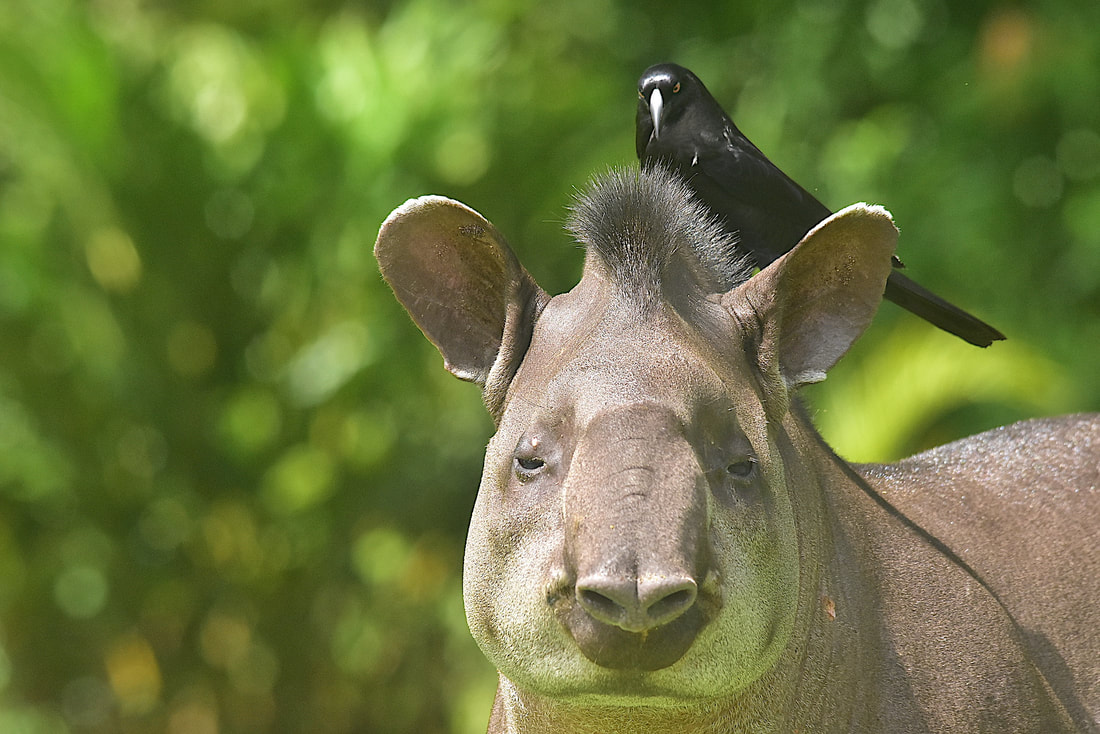
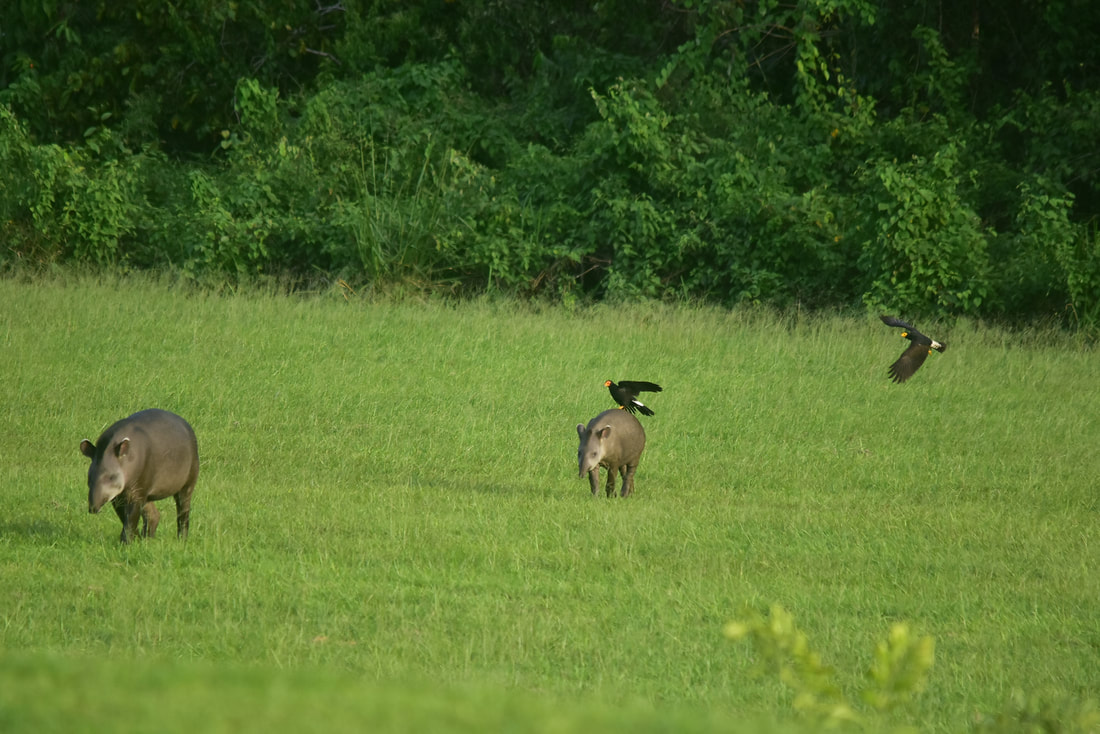
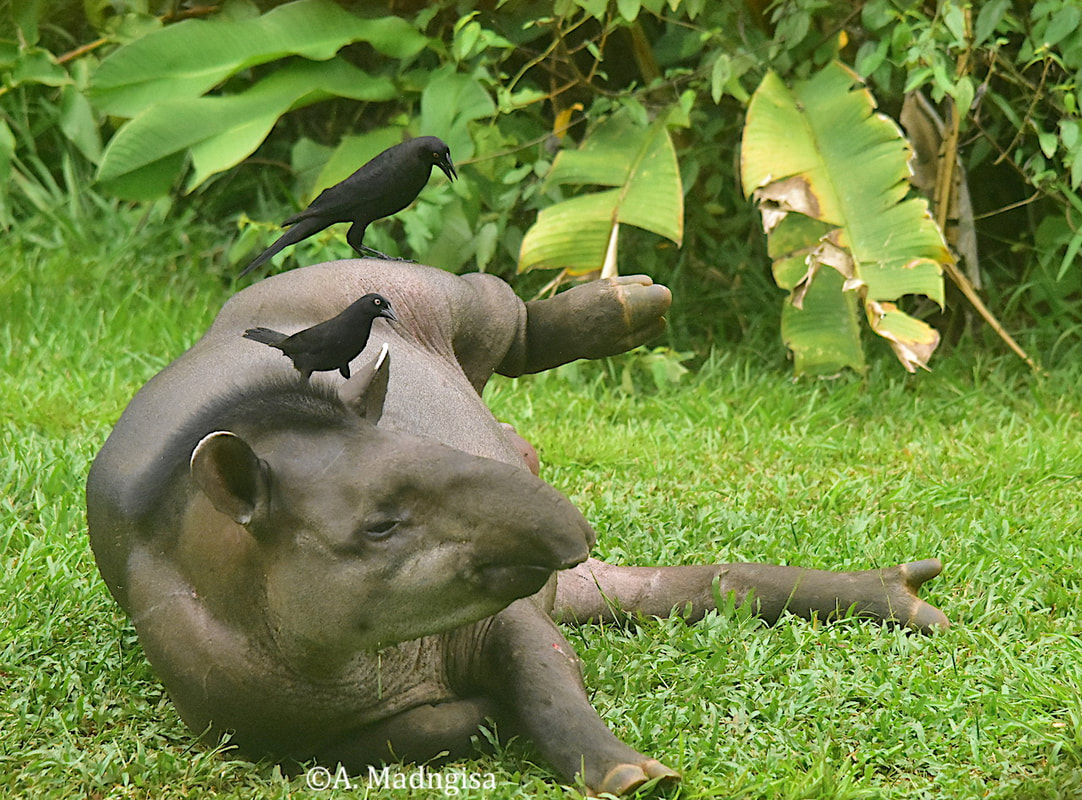
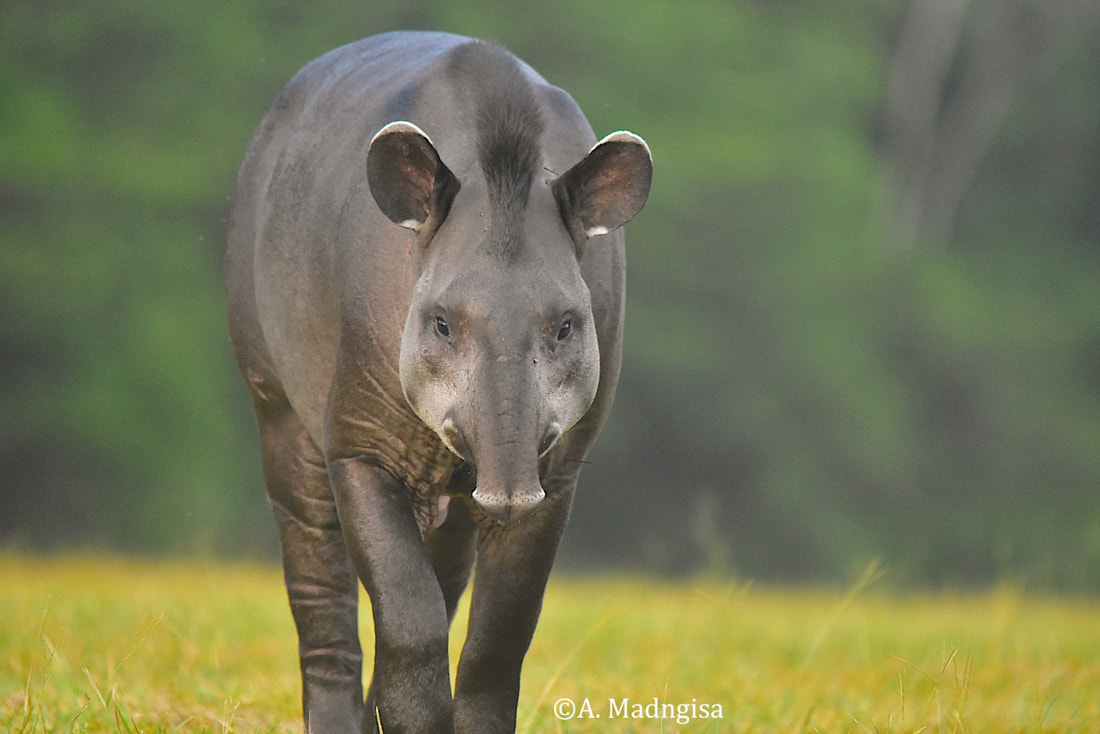
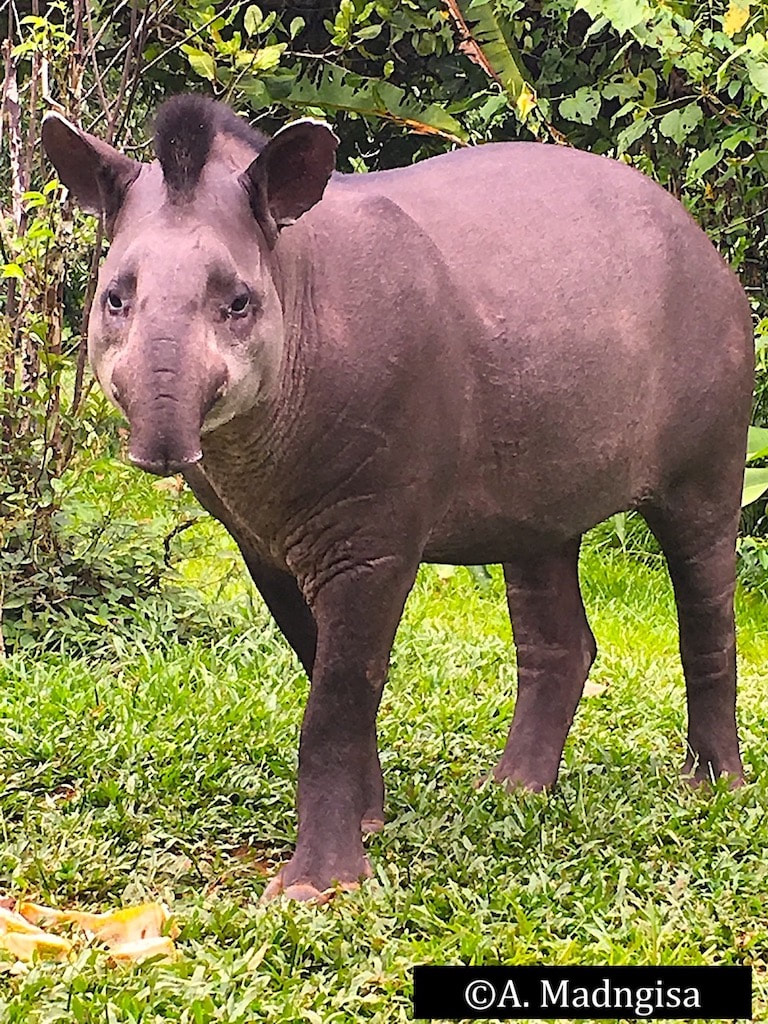
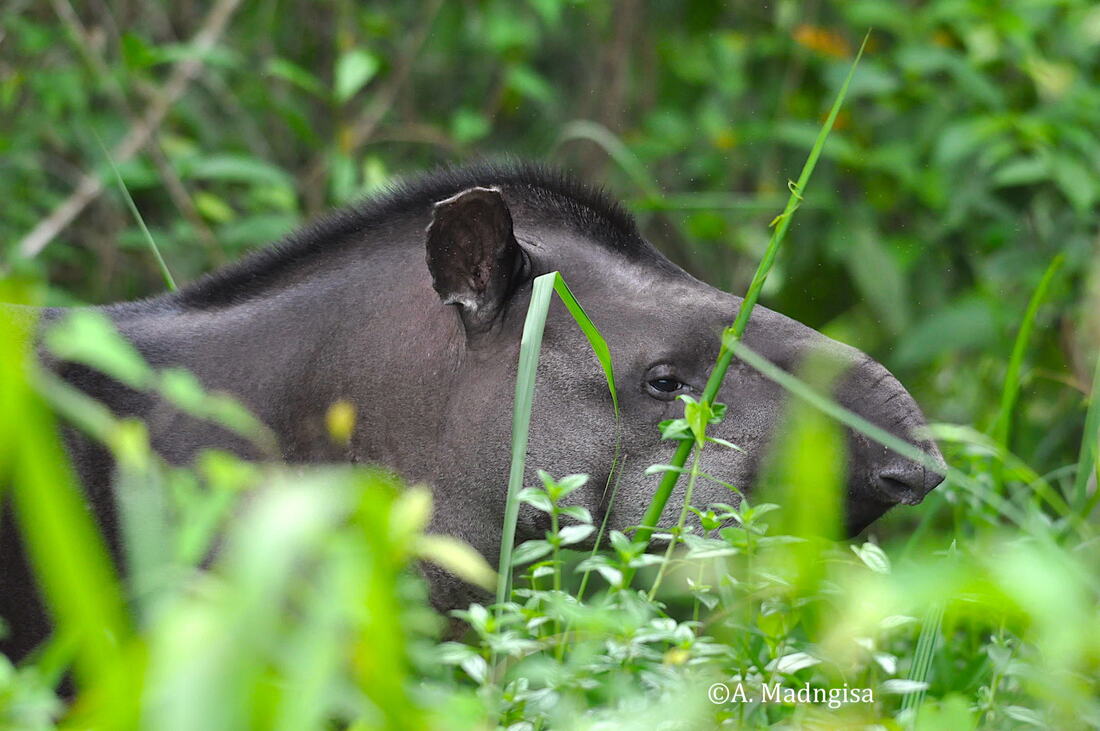
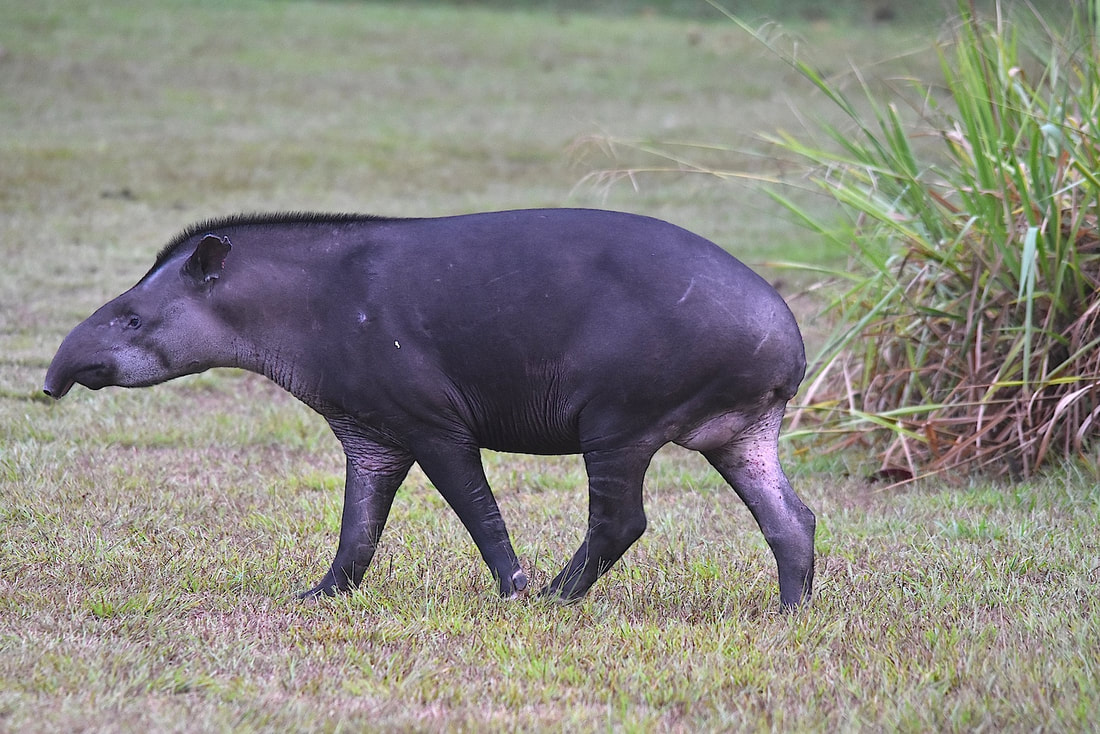
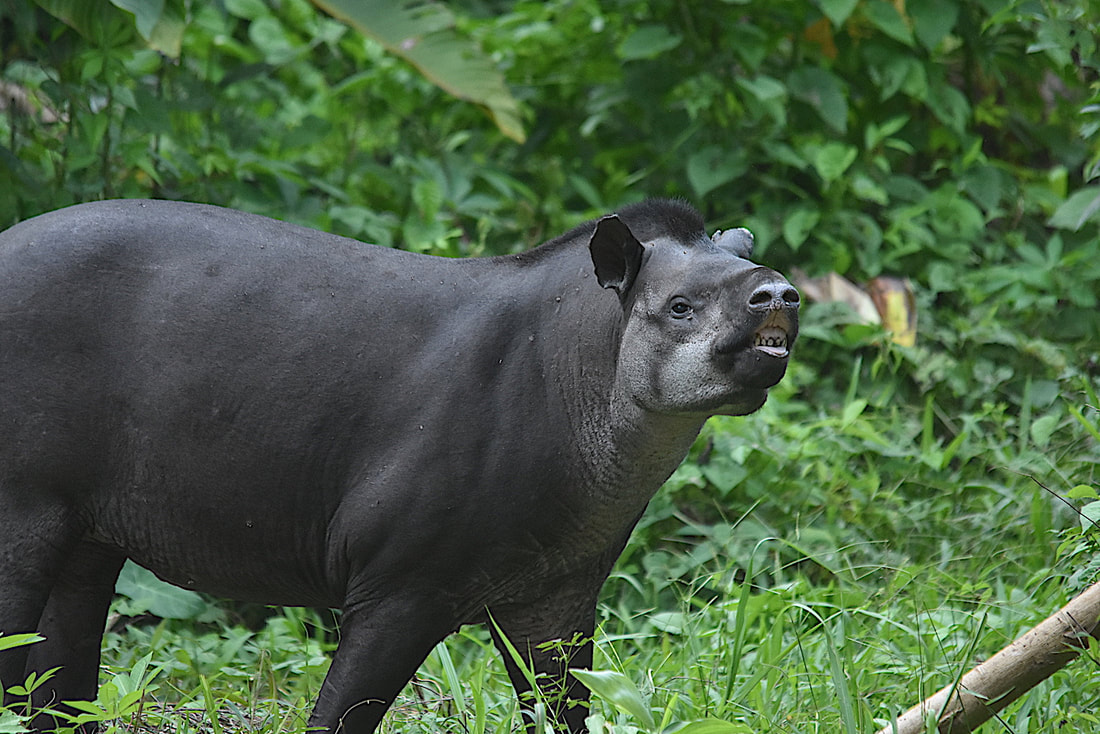
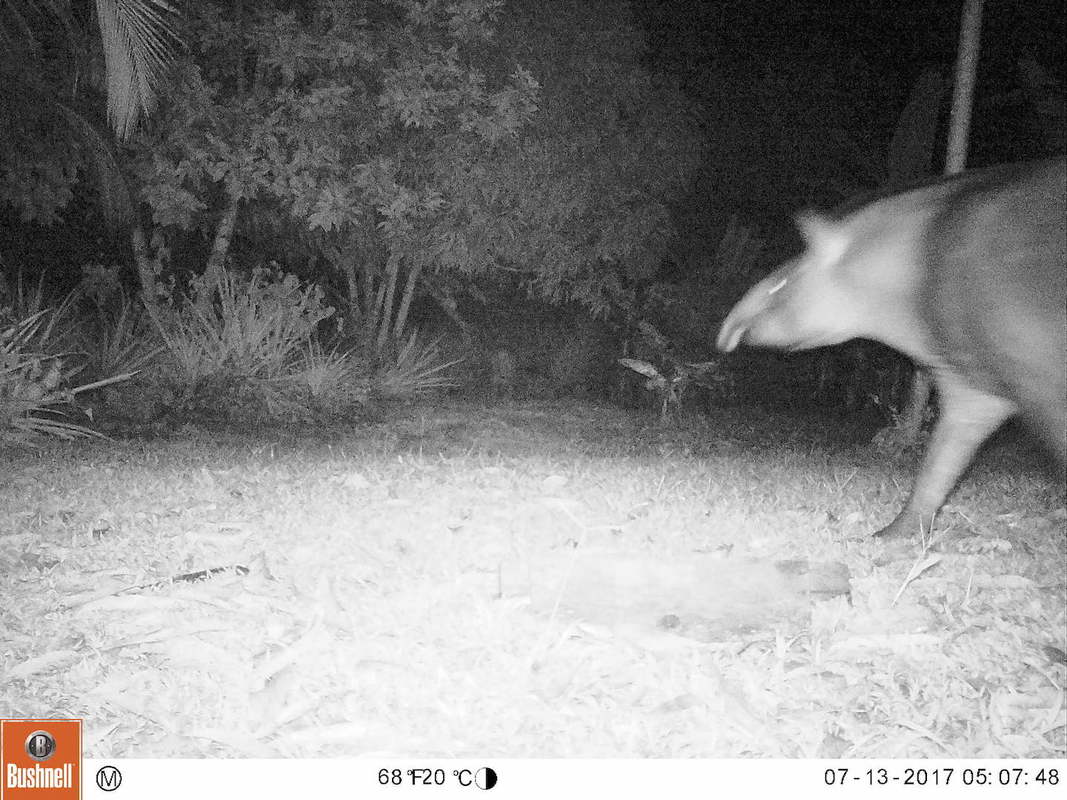
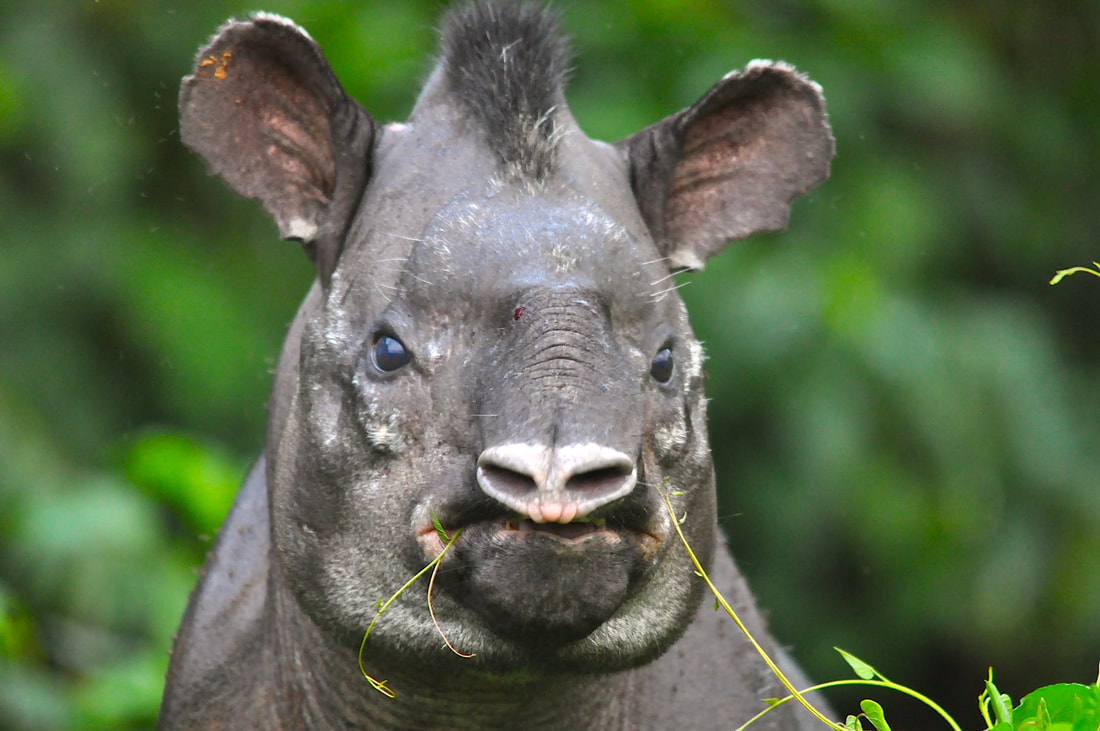
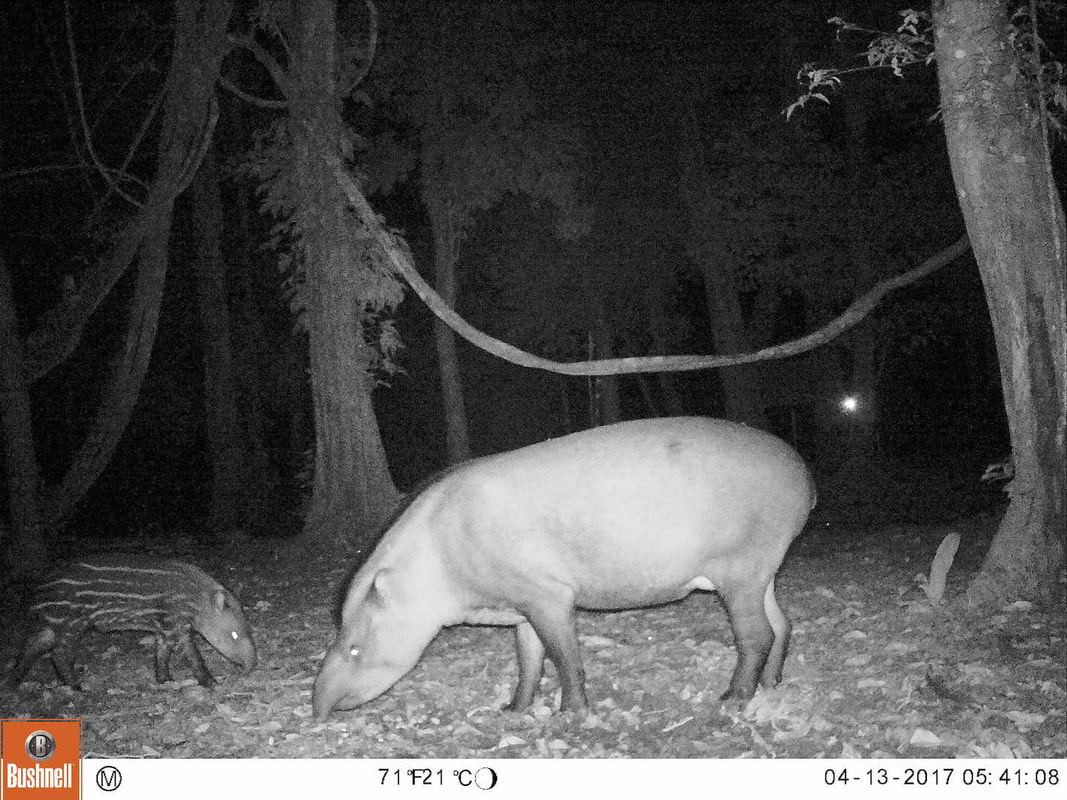


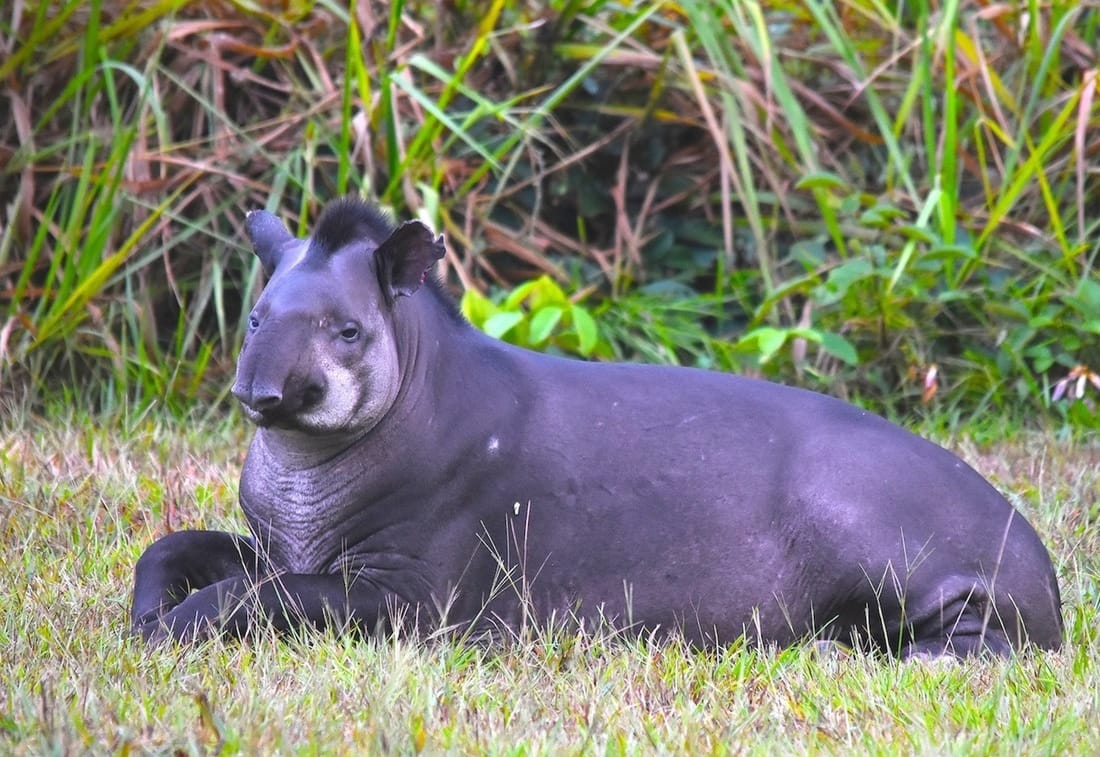
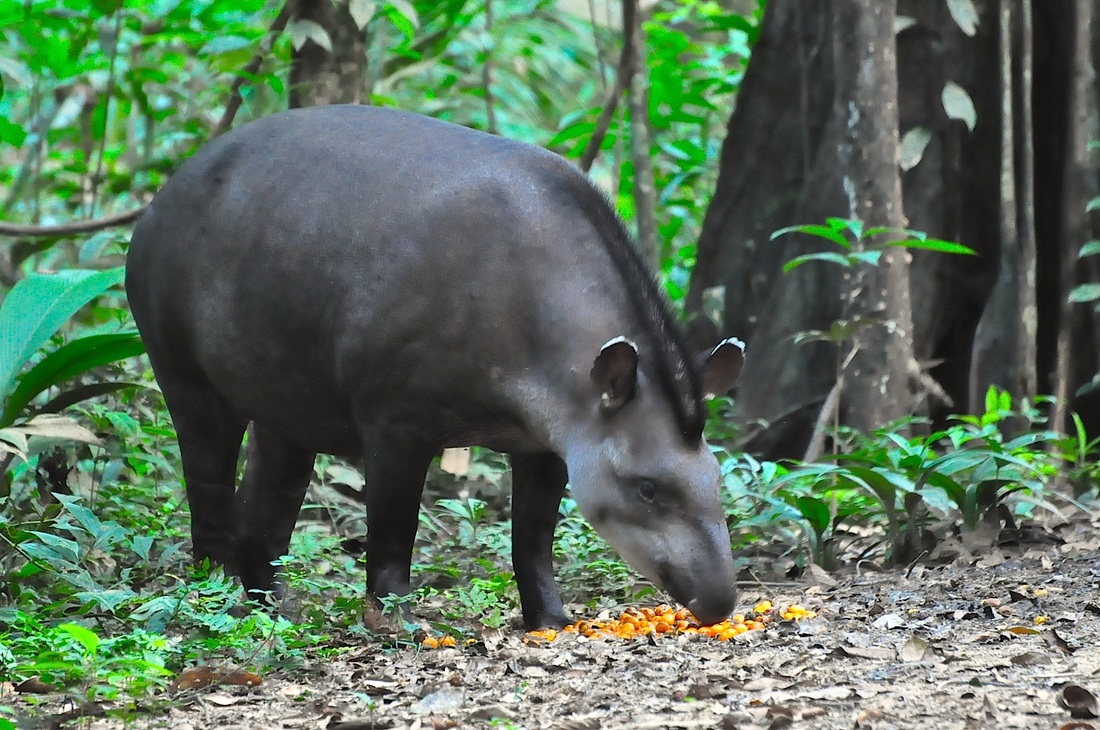
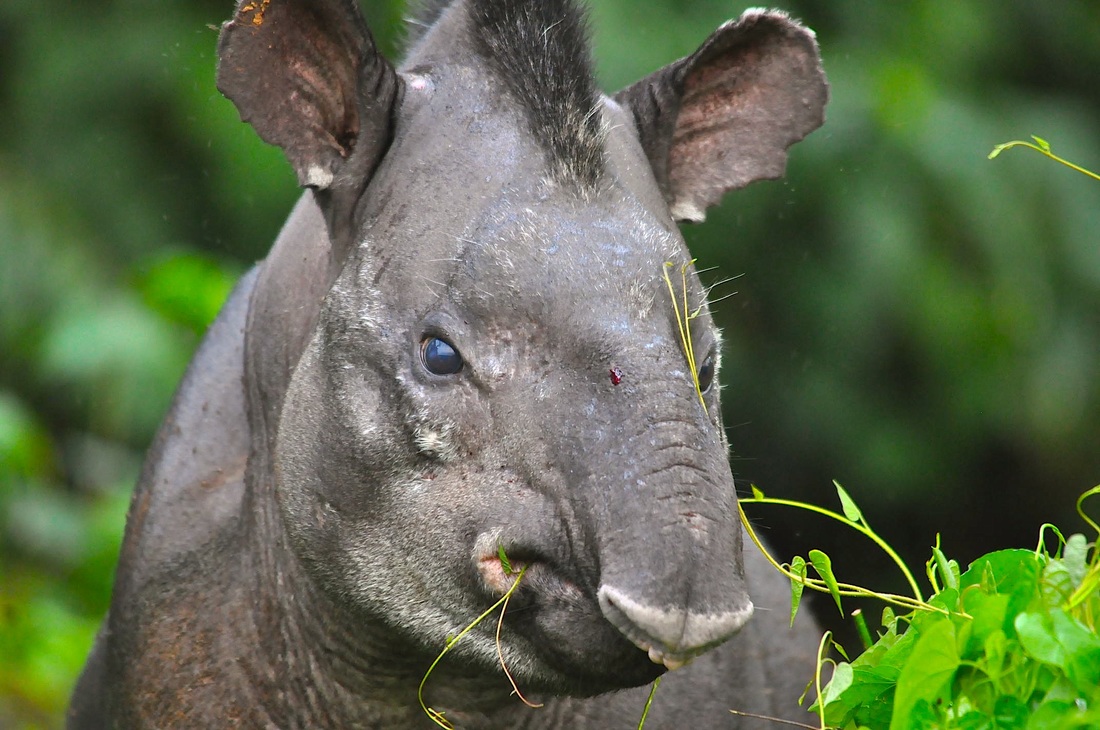
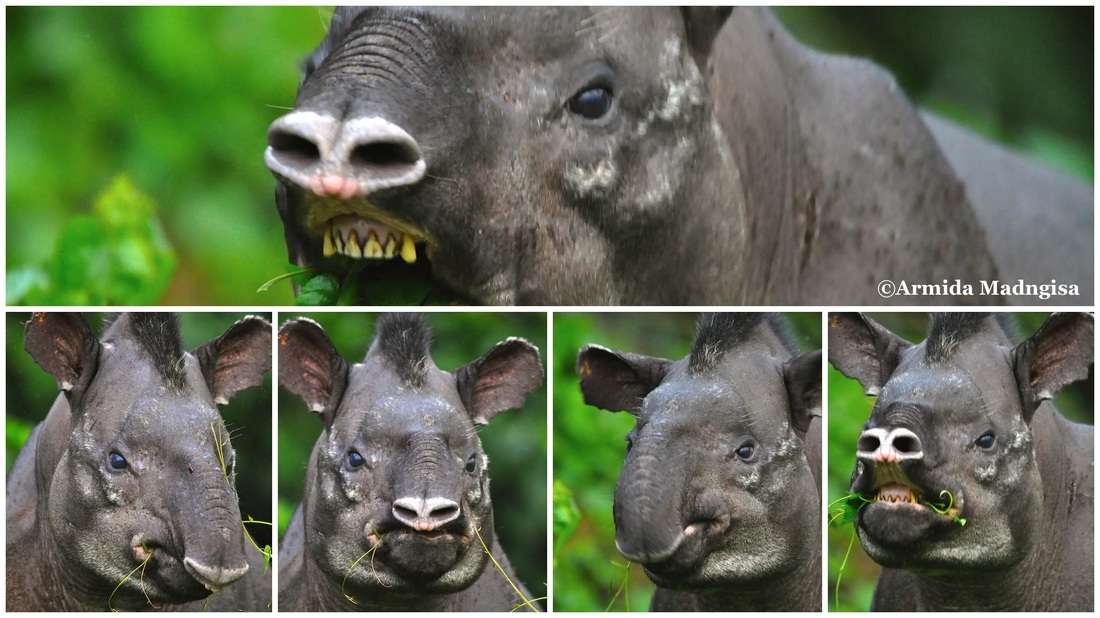
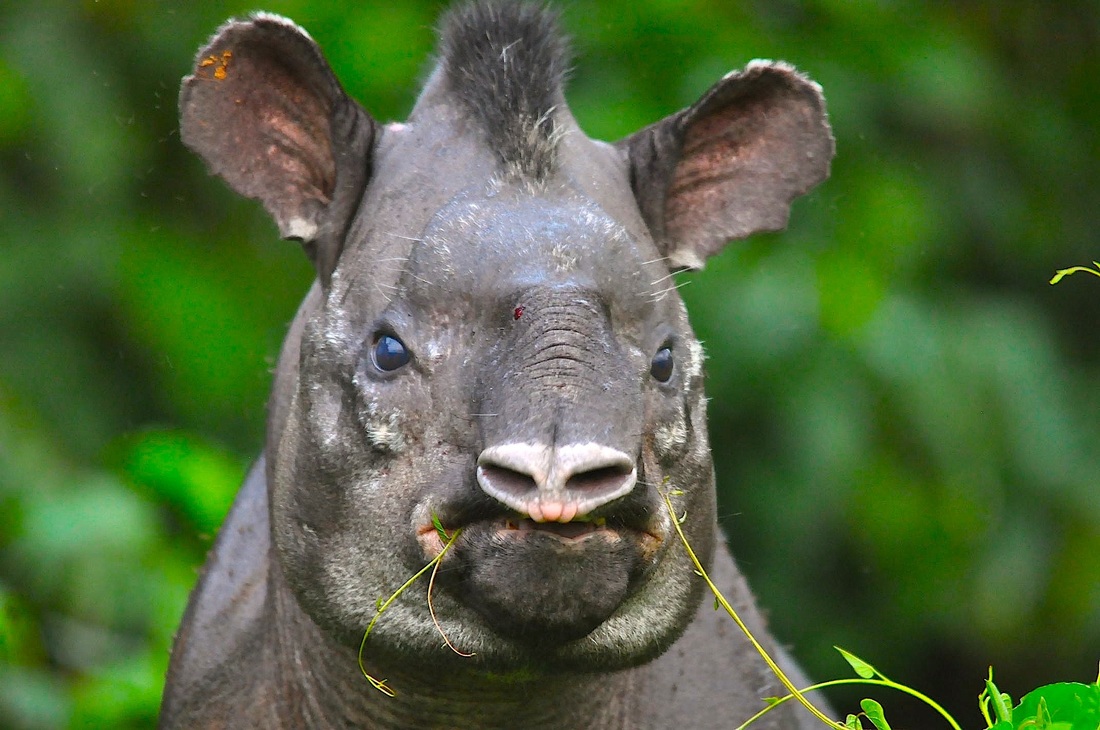
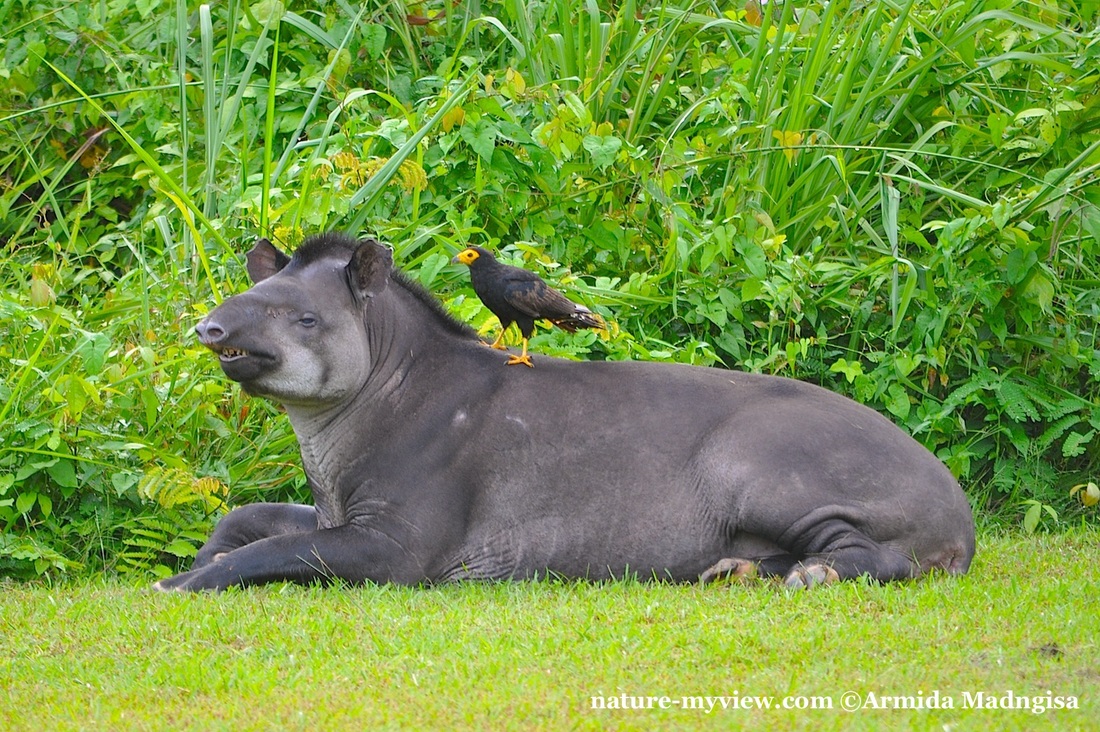

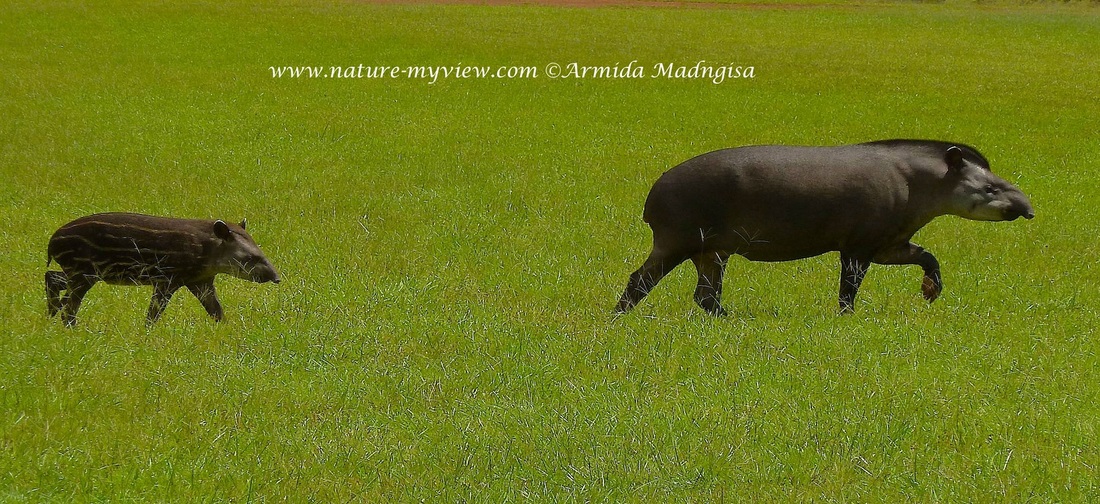
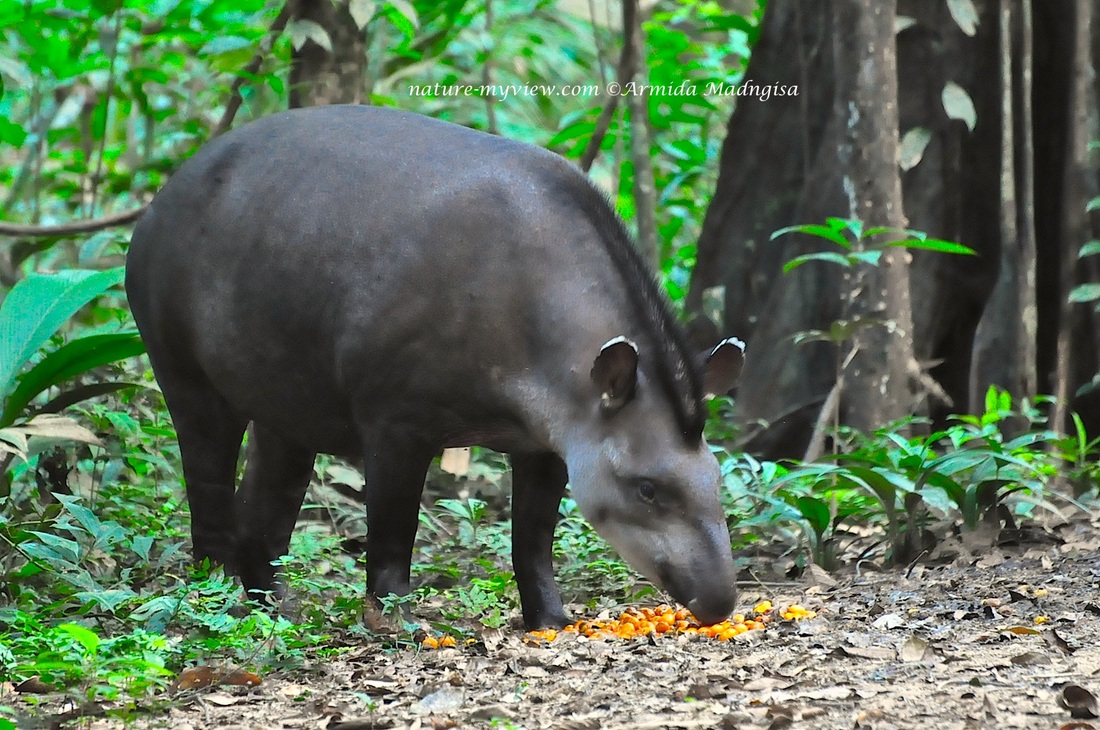
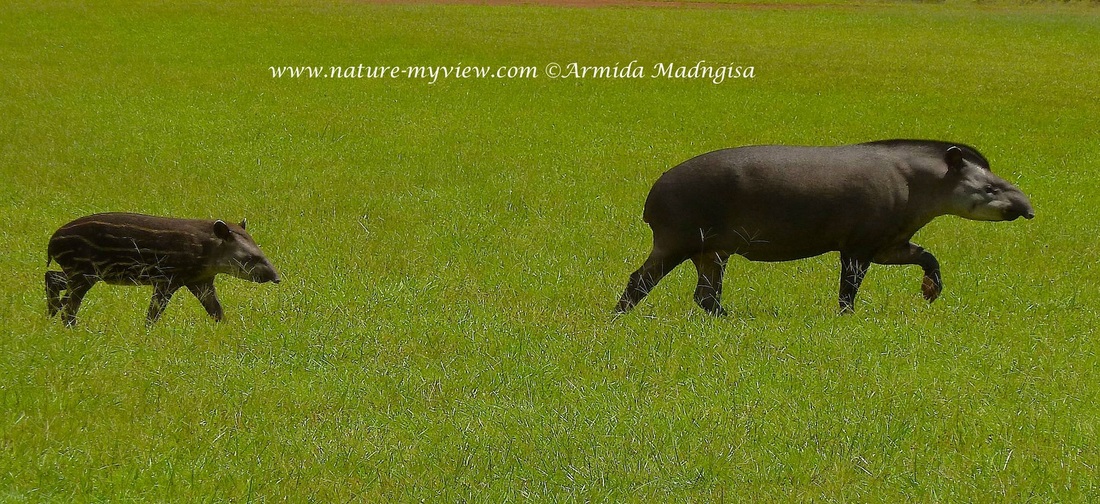
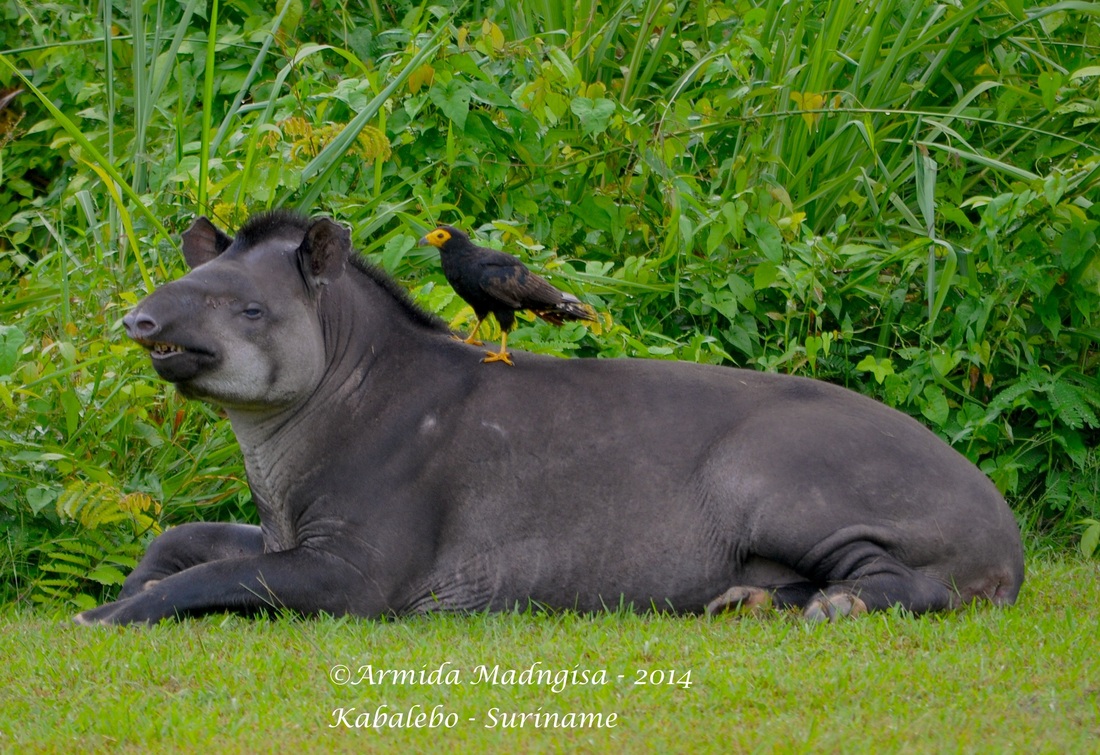
 RSS Feed
RSS Feed